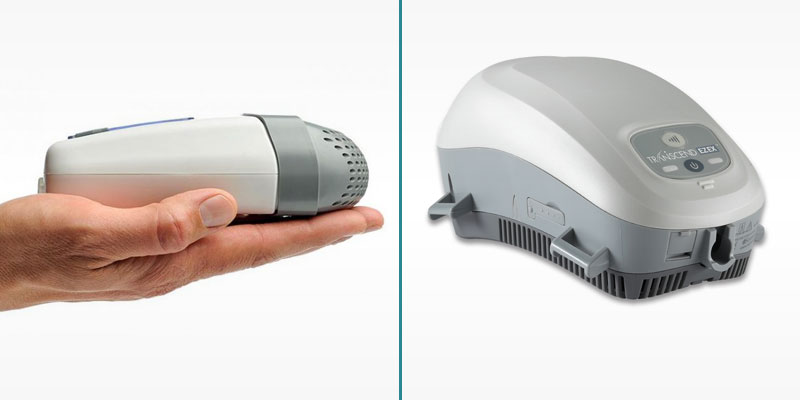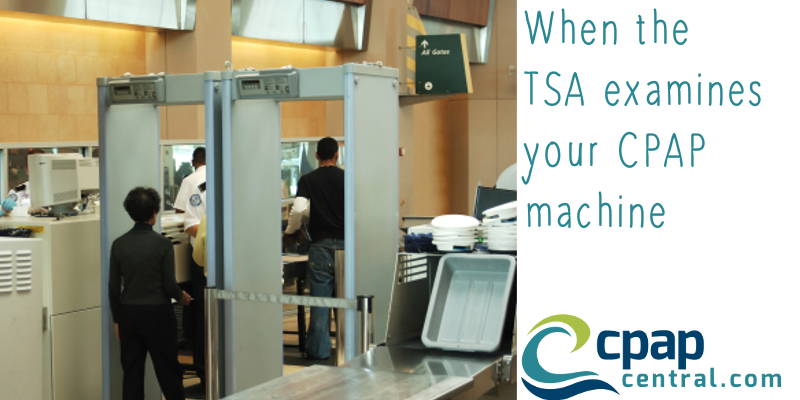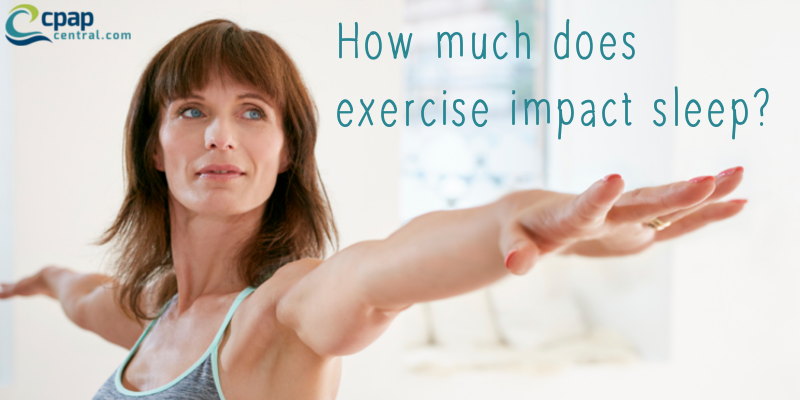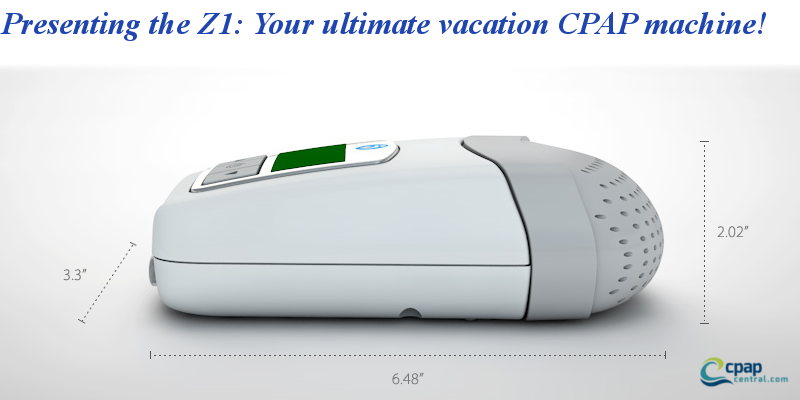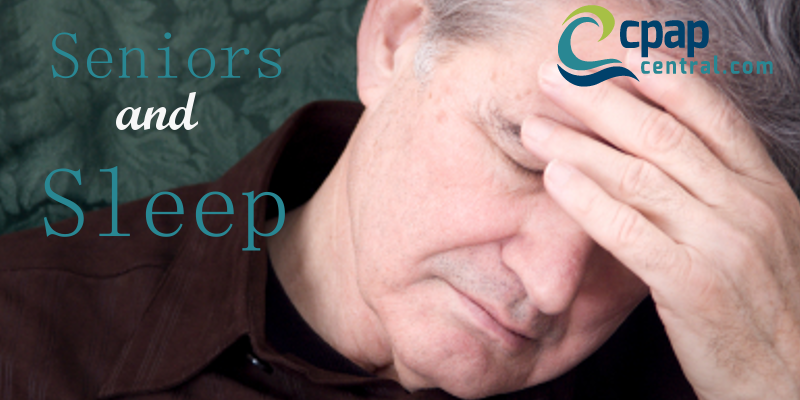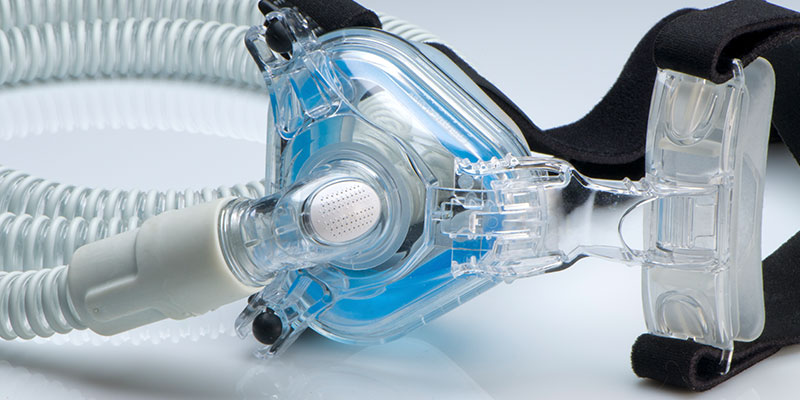
Break out the shop vac, borrow your friend’s carpet shampooer and climb the ladder to get to those outside windows… it’s time to spring clean!
Before you get too far on your projects, don’t forget one crucial element that really needs your
attention—your CPAP machine! Indeed, you should have been giving it a regular clean all along. If you haven’t yet, here are some things you should be doing on an ongoing basis to keep your CPAP machine running in tip-top shape:
Once a day CPAP cleaning
Empty the CPAP humidifier’s water chamber to keep bacteria from building up and drain the excess water from the tubing. It’s really easy for germs to build up on the surface of a CPAP machine, so make sure you wipe it down once a day. Finally, use these handy CPAP mask wipes from CPAPCentral to give the inside of your CPAP mask a good clean.
Once a week CPAP cleaning
Give your CPAP mask a good soak in warm, soapy water about once a week. Let it dry thoroughly before using again. We find that using mild soaps (such as Dove or Ivory) work the best.
Once a month CPAP cleaning
CPAPCentral recommends that when it comes to your CPAP machine, you want to give your entire machine a wipe-down with warm water once a month. That includes picking it up and getting the bottom where it’s been sitting on the nightstand, as well as the inside of the humidifier. Finally, make sure you rinse out the filter.
6 month CPAP cleaning
For functional and sanitary reasons, CPAPCentral recommends that you replace your CPAP mask every six months and your CPAP tubes every three months. Many insurance plans will cover this regular replacement, so make sure you check your insurance and take advantage of this!
We’re here to answer any questions you may have about your CPAP supplies. If you do need to resupply, visit our online store.

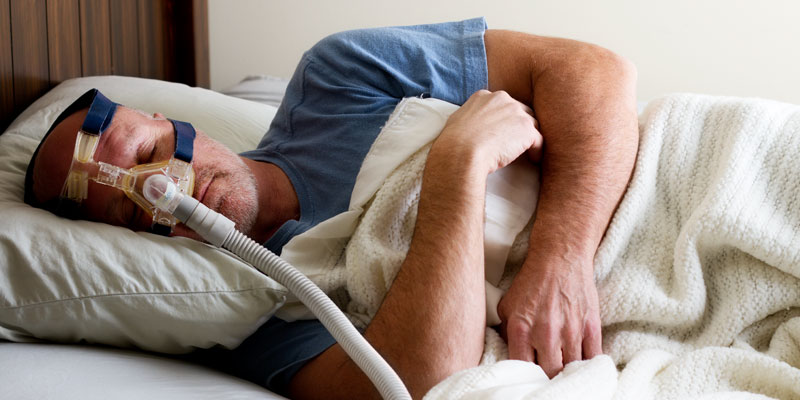
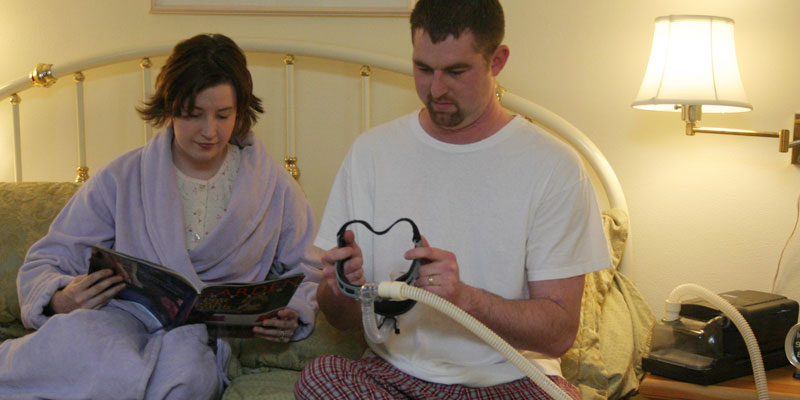
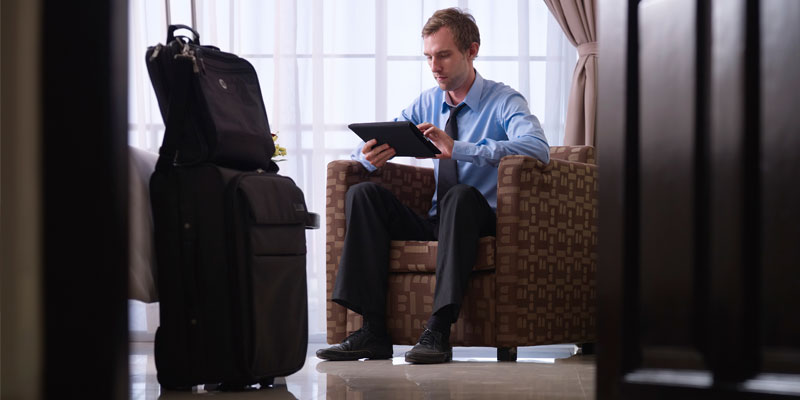 From vaulted ceilings to starry skies, traveling can place you under a number of new roofs at night. No matter where you lay your head while away from home, follow these tips for a solid sleep with your CPAP:
From vaulted ceilings to starry skies, traveling can place you under a number of new roofs at night. No matter where you lay your head while away from home, follow these tips for a solid sleep with your CPAP: